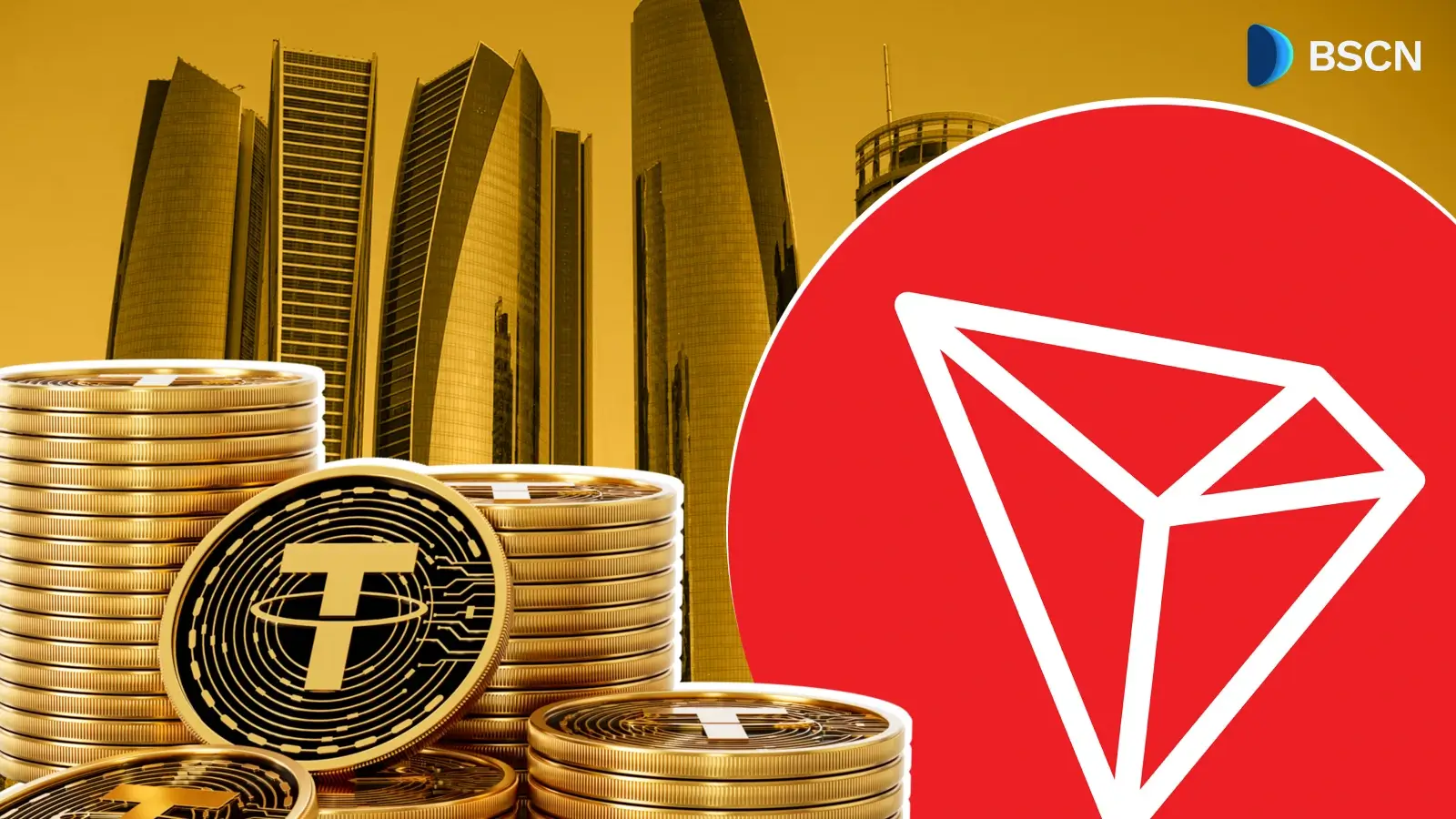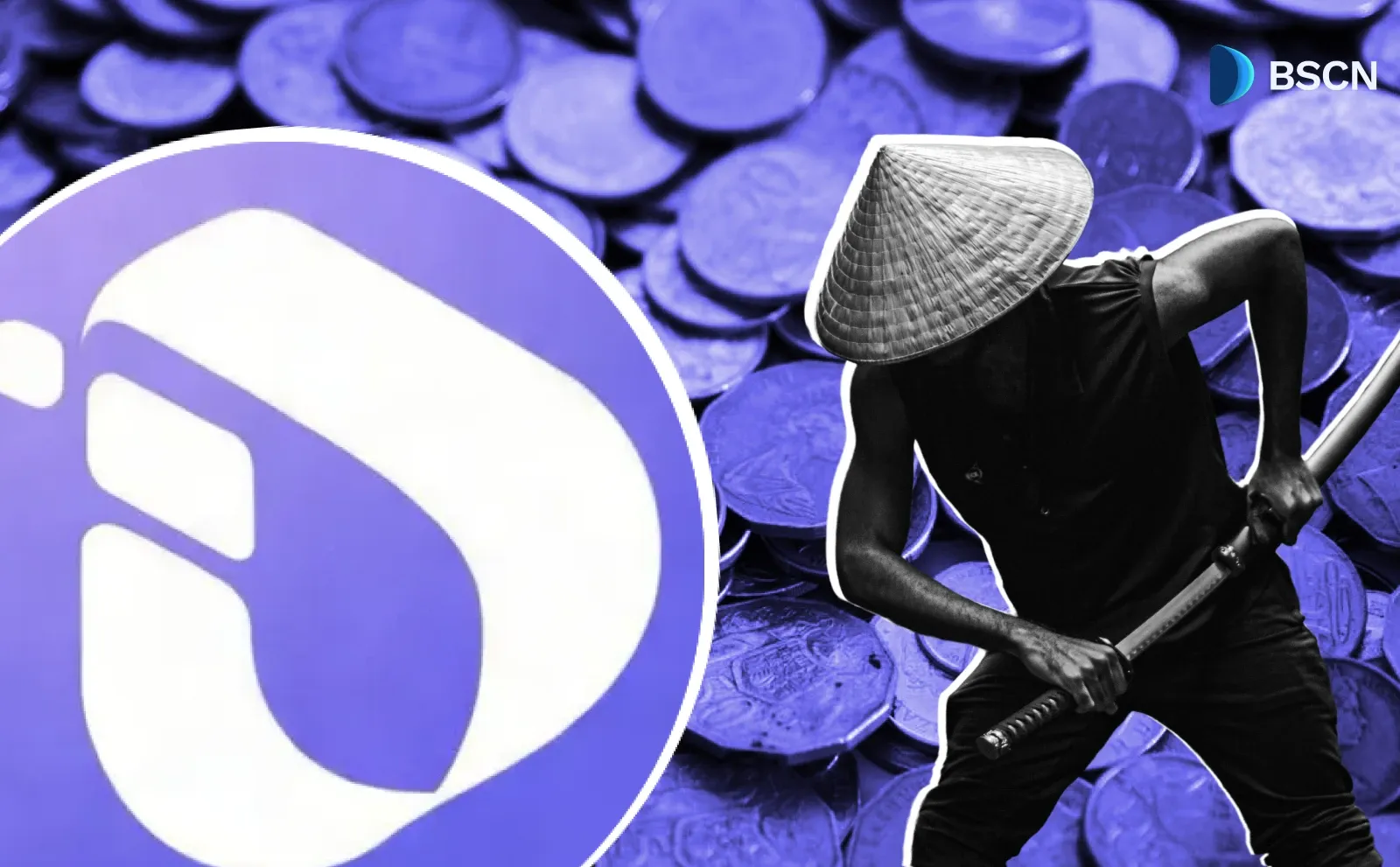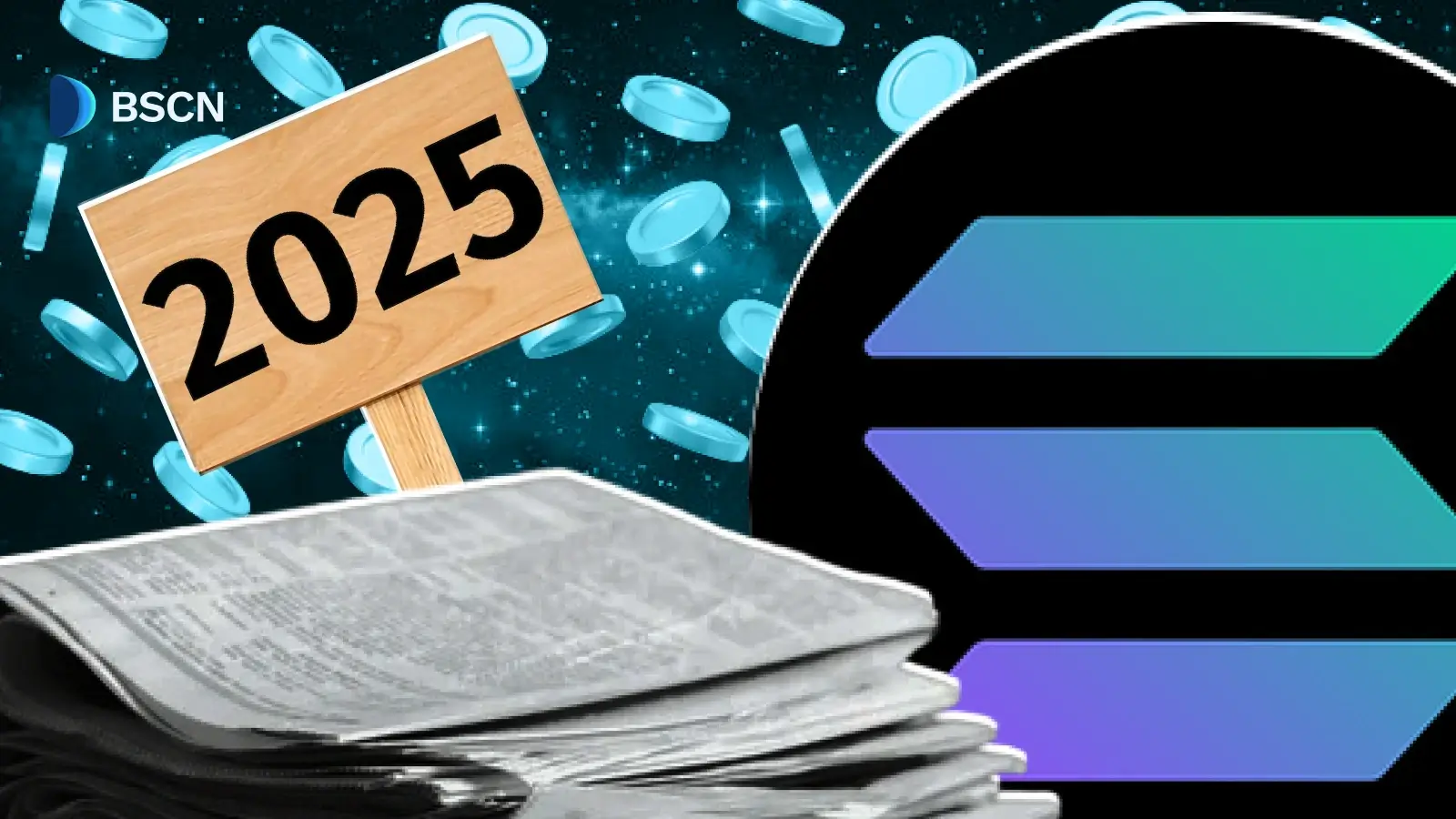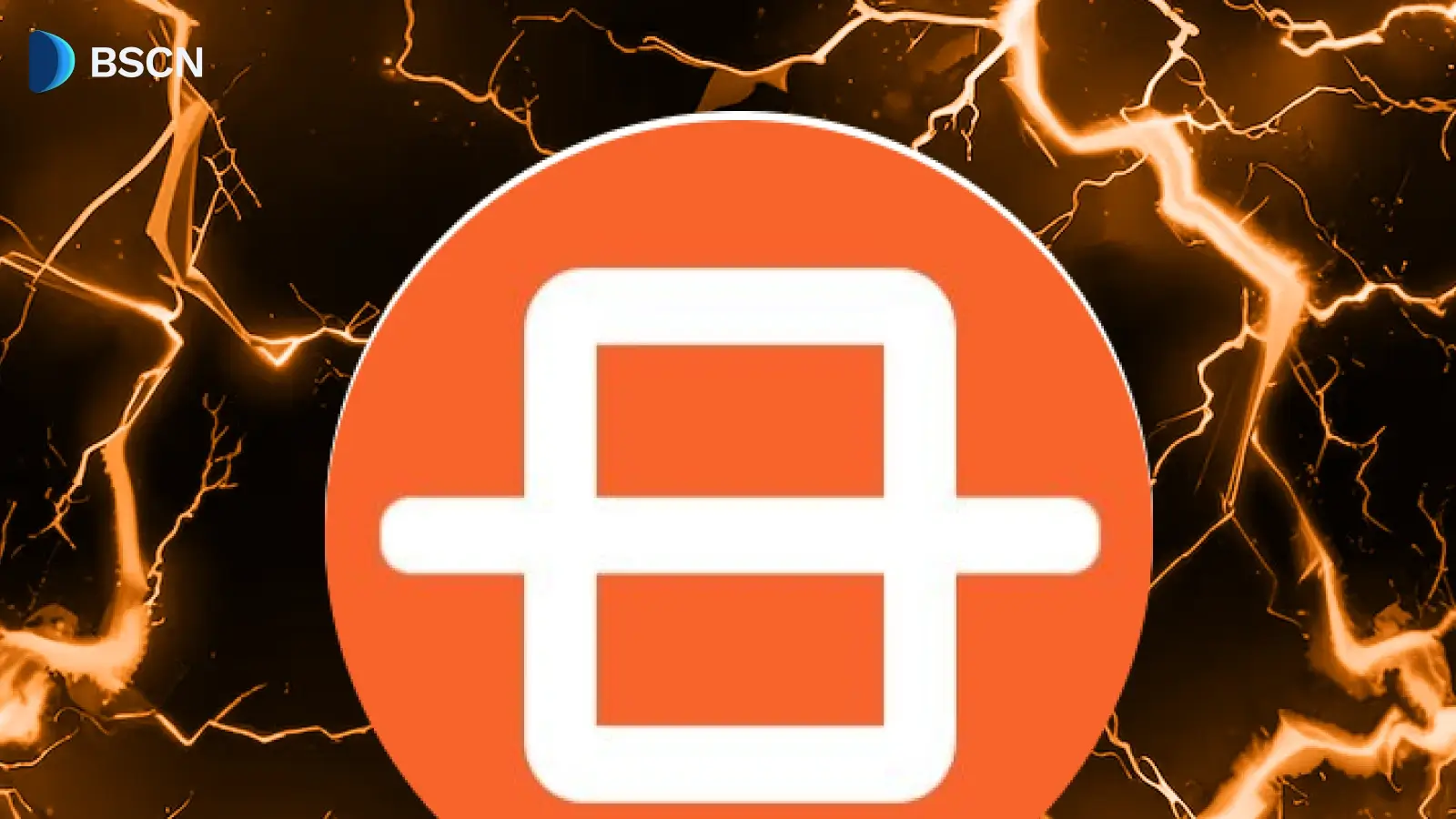News
(Advertisement)
Sui Network’s New Mysticeti v2 Consensus Engine: What is it & Why it Matters?

Sui’s Mysticeti v2 improves transaction speed, reduces compute costs, and streamlines validation through an integrated DAG-based consensus design.
Soumen Datta
November 7, 2025
(Advertisement)
Table of Contents
Sui Network’s Mysticeti v2 is the newest version of the blockchain’s consensus engine, designed to make transaction processing faster, lighter, and more efficient. It integrates transaction validation directly into the consensus process—removing redundant steps that once slowed down the network. This upgrade, developed by Mysten Labs, continues Sui’s mission to refine its Directed Acyclic Graph (DAG)-based architecture without changing the network’s base layer.
Announced on November 6 by Mysten Labs engineers, Mysticeti v2 builds on the success of the first Mysticeti consensus engine, launched on mainnet in July 2024. That version already set performance standards for responsiveness and scalability. Mysticeti v2 takes it further, reducing latency by up to 35% and making the Sui network more resilient for developers and users alike.
Mysticeti v2 just dropped ⚡️
— Sui (@SuiNetwork) November 6, 2025
Sui’s consensus engine leveled up - integrated validation, smarter transaction flow, and up to 35% lower latency.
Faster. Lighter. Smarter.
Full breakdown 👇https://t.co/16sYBS4mjf pic.twitter.com/a6O5MqYEGT
Understanding Mysticeti and DAG-Based Consensus
Consensus is the process by which validators agree on the order and validity of transactions. Most blockchains, such as those using Tendermint or Hotstuff, rely on a block-by-block proposal system. This approach can limit scalability as the network grows.
Sui uses a DAG-based consensus model, where transactions are arranged in a graph rather than a linear chain. Multiple validators propose and vote on blocks concurrently, ensuring continuous throughput even as participation increases.
Evolution of DAG-Based Consensus
- Traditional consensus protocols: Validators propose blocks in turns. Examples include Tendermint and Hotstuff.
- Certified DAGs (Narwhal & Bullshark): Validators propose blocks continuously, decoupling transaction dissemination from ordering.
- Uncertified DAGs (Mysticeti): Simplify the process by removing certification steps, reducing algorithmic complexity and latency.
Mysticeti belongs to the third category. It eliminates unnecessary certification rounds, achieving lower latency while maintaining fault tolerance.
The Problem Mysticeti v2 Solves
In Sui’s earlier design, transactions had to pass through a pre-consensus validation phase before entering the Mysticeti process. Validators voted to determine whether a transaction could be accepted. This approach provided safety but added compute cost and latency.
While it allowed for a “fastpath” for simple transactions, complex ones faced higher delays. Mysticeti v2 merges this validation step directly into consensus, eliminating redundant computation and achieving true end-to-end efficiency.
How Mysticeti v2 Works
Mysticeti v2 enhances the existing Mysticeti v1 protocol rather than replacing it. The core structure of leader selection, voting, and block commitment remains, but with major improvements in how transactions are finalized.
In v2, each transaction is validated as part of the consensus process itself. Validators propose, vote, and certify both blocks and transactions concurrently within the same DAG. This integration means:
- Transactions are finalized when they achieve a quorum of validation certificates.
- Rejected transactions are immediately filtered out through validator votes.
- Valid transactions can still finalize even if sent through slower or less-connected validators.
The algorithm has been optimized to prevent performance bottlenecks. Validators only cast explicit votes for rejections; accept votes are implied through ancestor links. This reduces network traffic and computation costs significantly.
The Transaction Driver
One of the standout additions in Mysticeti v2 is the Transaction Driver, which replaces the previous Quorum Driver mechanism for submitting and confirming transactions.
The old Quorum Driver required broadcasting every transaction to all validators twice—once for validation and again for consensus submission. This process consumed heavy CPU and bandwidth resources.
The Transaction Driver simplifies this flow while maintaining fast finality:
- Minimal validator signatures: Validators sign transaction validity as part of block signing, batching multiple transactions together.
- Single-path submission: Transactions are sent to a single validator instead of all, reducing bandwidth.
- Adaptive validator selection: The system chooses validators based on past latency performance.
- Automatic retries: If a validator fails, the driver automatically retries others to ensure completion.
- Security resilience: Validator-side protections prevent spam and bandwidth attacks.
This streamlined system results in measurable latency improvements:
- Asia-based full nodes: Latency dropped by 35%, from ~1.00s to ~0.65s.
- Europe-based full nodes: Latency dropped by 25%, from ~0.55s to ~0.40s.
From Sui node v1.60 onward, Mysticeti v2 and Transaction Driver are the default mechanisms for transaction handling.
Additional Technical Improvements
Alongside consensus and transaction updates, Sui introduced several supporting enhancements:
- Garbage collection: Outdated consensus blocks are dropped automatically, preventing performance slowdowns.
- Smart ancestor selection: Validators that fail to propagate blocks efficiently are excluded from the linking process.
Future updates aim to further cut message rounds needed to finalize transactions (from four to three) and enable direct streaming of consensus blocks to full nodes for even lower latency.
What a 35% Latency Reduction Means for Developers
The 35% latency reduction achieved through Mysticeti v2 has direct and measurable benefits:
- Faster confirmations: Applications receive transaction finality almost instantly.
- Lower compute overhead: Validators and nodes operate more efficiently.
- More responsive dApps: Developers can now build applications with real-time interactivity.
Practical implications include:
- Gaming: Real-time asset transfers and gameplay synchronization.
- Finance: Quicker settlement and reduced confirmation risk.
- NFTs: Smoother minting and trading experiences.
- Enterprise apps: High-performance transaction handling for business systems.
How Mysticeti v2 Strengthens Sui’s Position
Mysticeti v2 establishes Sui as one of the most performance-optimized Layer 1 blockchains in operation today. Its combination of DAG-based consensus and integrated transaction validation creates an efficient foundation for both users and developers.
The update also coincides with progress in Sui’s broader ecosystem. On October 17, 2025, Canary Capital Group filed an amended Form S-1 with the U.S. SEC for a potential SUI spot ETF—showing growing institutional interest in the network.
The ETF filing process, which began in March 2025, mirrors similar paths taken by Bitcoin and Ethereum ETFs. The amendment includes a ticker assignment on the Cboe exchange, marking a step forward toward potential listing and trading.
Conclusion
Sui’s Mysticeti v2 consensus engine delivers measurable performance improvements without altering the network’s core architecture. By merging validation into consensus, optimizing the voting algorithm, and introducing the Transaction Driver, the network achieves lower latency, reduced compute costs, and better reliability.
Mysticeti v2 demonstrates that meaningful blockchain performance gains can come from refining fundamentals rather than adding complexity. The upgrade cements Sui’s technical foundation and gives developers a faster, more efficient environment to build on.
Resources:
Sui Network X platform: https://x.com/SuiNetwork
Announcement - Mysticeti v2: Faster and Lighter Sui Transaction Processing: https://blog.sui.io/mysticeti-v2-sui-consensus/
SEC Filing (Canary SUI ETF Amendment – October 17, 2025): https://www.sec.gov/Archives/edgar/data/2060703/000199937125015628/sui-s1a_101725.htm
Sui Network Blog – Canary Capital SUI ETF Update: https://blog.sui.io/canary-capital-sui-etf/?utm_source=twitter&utm_medium=organic&utm_campaign=defi
Read Next...
Frequently Asked Questions
What is the Mysticeti v2 consensus engine?
Mysticeti v2 is an upgraded consensus mechanism for the Sui blockchain that integrates transaction validation directly into the consensus process, reducing latency and compute costs.
How does Mysticeti v2 improve performance?
By merging validation into consensus and introducing the Transaction Driver, Mysticeti v2 eliminates redundant processing steps and reduces transaction confirmation times by up to 35%.
When will Mysticeti v2 be available?
Starting with Sui node version 1.60, Mysticeti v2 and the Transaction Driver are enabled by default for all transaction processing.
Disclaimer
Disclaimer: The views expressed in this article do not necessarily represent the views of BSCN. The information provided in this article is for educational and entertainment purposes only and should not be construed as investment advice, or advice of any kind. BSCN assumes no responsibility for any investment decisions made based on the information provided in this article. If you believe that the article should be amended, please reach out to the BSCN team by emailing [email protected].
Author
 Soumen Datta
Soumen DattaSoumen has been a crypto researcher since 2020 and holds a master’s in Physics. His writing and research has been published by publications such as CryptoSlate and DailyCoin, as well as BSCN. His areas of focus include Bitcoin, DeFi, and high-potential altcoins like Ethereum, Solana, XRP, and Chainlink. He combines analytical depth with journalistic clarity to deliver insights for both newcomers and seasoned crypto readers.
(Advertisement)
Latest News
(Advertisement)
Crypto Project & Token Reviews
Project & Token Reviews
Comprehensive reviews of crypto's most interesting projects and assets
Learn about the hottest projects & tokens












